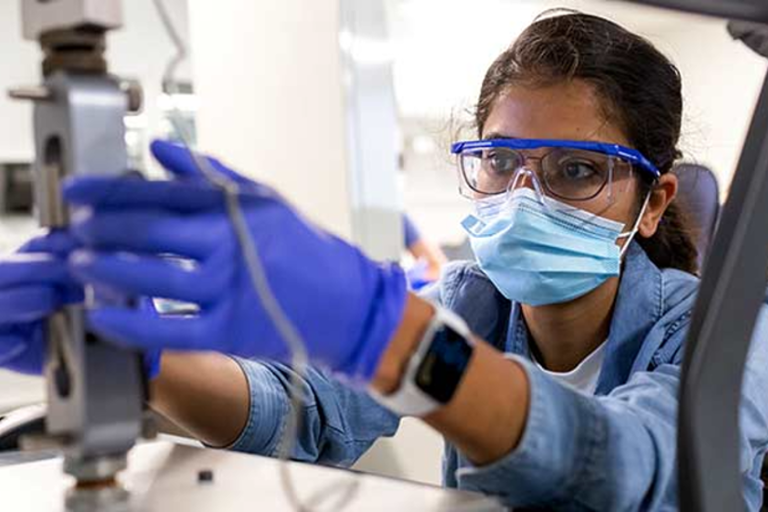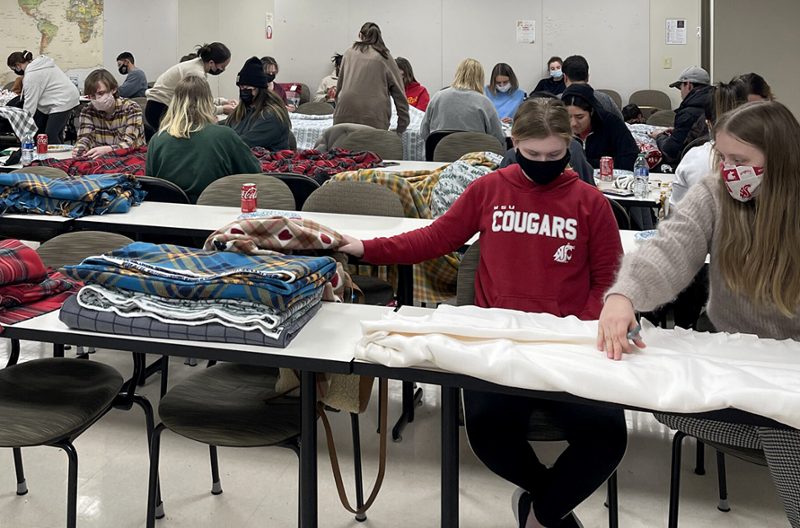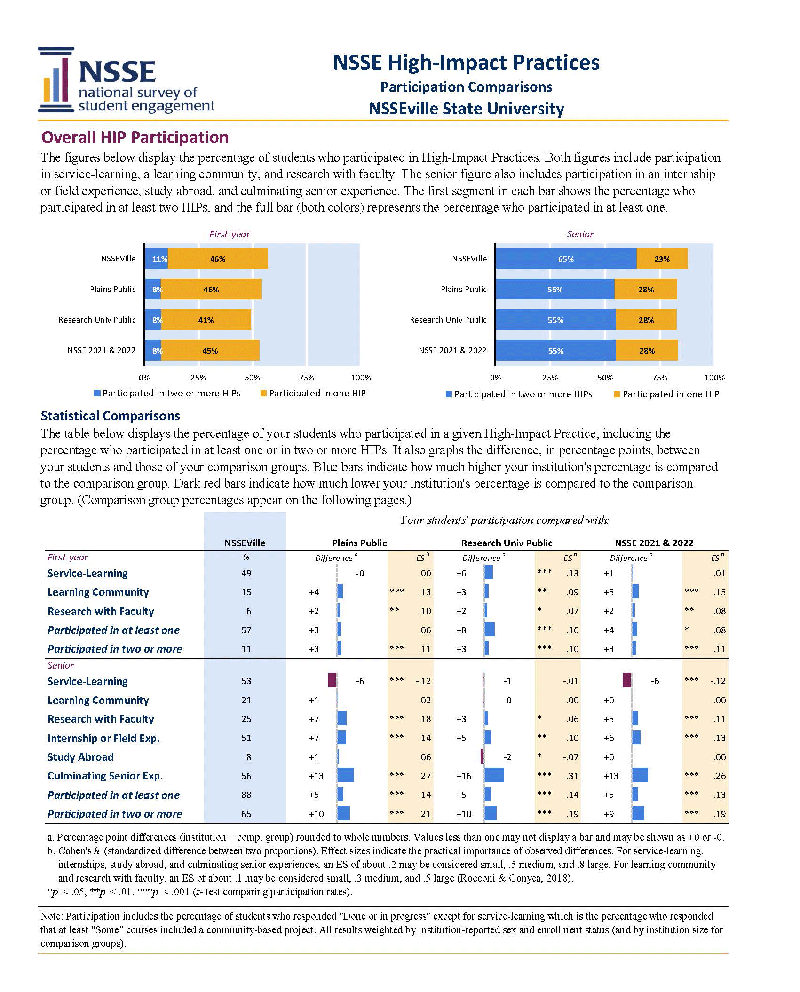Institutions that participated in NSSE and FSSE 2021 have first-hand information about what their students and faculty experienced during this challenging year. These data offer insights about how the institution successfully stretched and where things fell short, and provide clues to the dimensions of undergraduate education that deserve attention moving forward. For example, some institutions noticed that student-faculty interaction was consistent with years past, and students’ comments suggested the importance of course instructors who reached out and faculty who stepped up to support students. In another example, evidence of low first-year engagement—such as on involvement in high-impact practices—identifies areas where institutions may want to invest during the sophomore year and beyond. Students’ open-ended comments were particularly revealing, with many mentioning specific people and services that helped or hindered their learning. For example:
“Instructors such as [NAME], are prime examples on how online delivery should be, amazing interactive lectures, recorded lectures, and recorded Panopto's on Blackboard…these instructors made online learning very practical and useful.”
“Say thank you to all the institution members for the great work and devotion.”
And a shout out to a Chemistry department:
“My professors have been really understanding (special thanks to the chemistry department). I find that they truly do care about our mental and physical well-being and I cannot thank them enough.”
“COVID college was not what I expected it to be. [UNIVERSITY] made a great effort to give the students a high-quality education and it showed…I will forever be thankful I chose [UNIVERSITY] as my university.”
Notable in 2021 comments were students expressing appreciation to their institution for asking for their input. It’s indeed rare to see comments like,
“Thanks for the survey”
and even more pointed,
“Thanks for making me take the time to reflect on my college experience.”
Despite the challenges of the pandemic, it was clearly beneficial to ask students about their experience.





